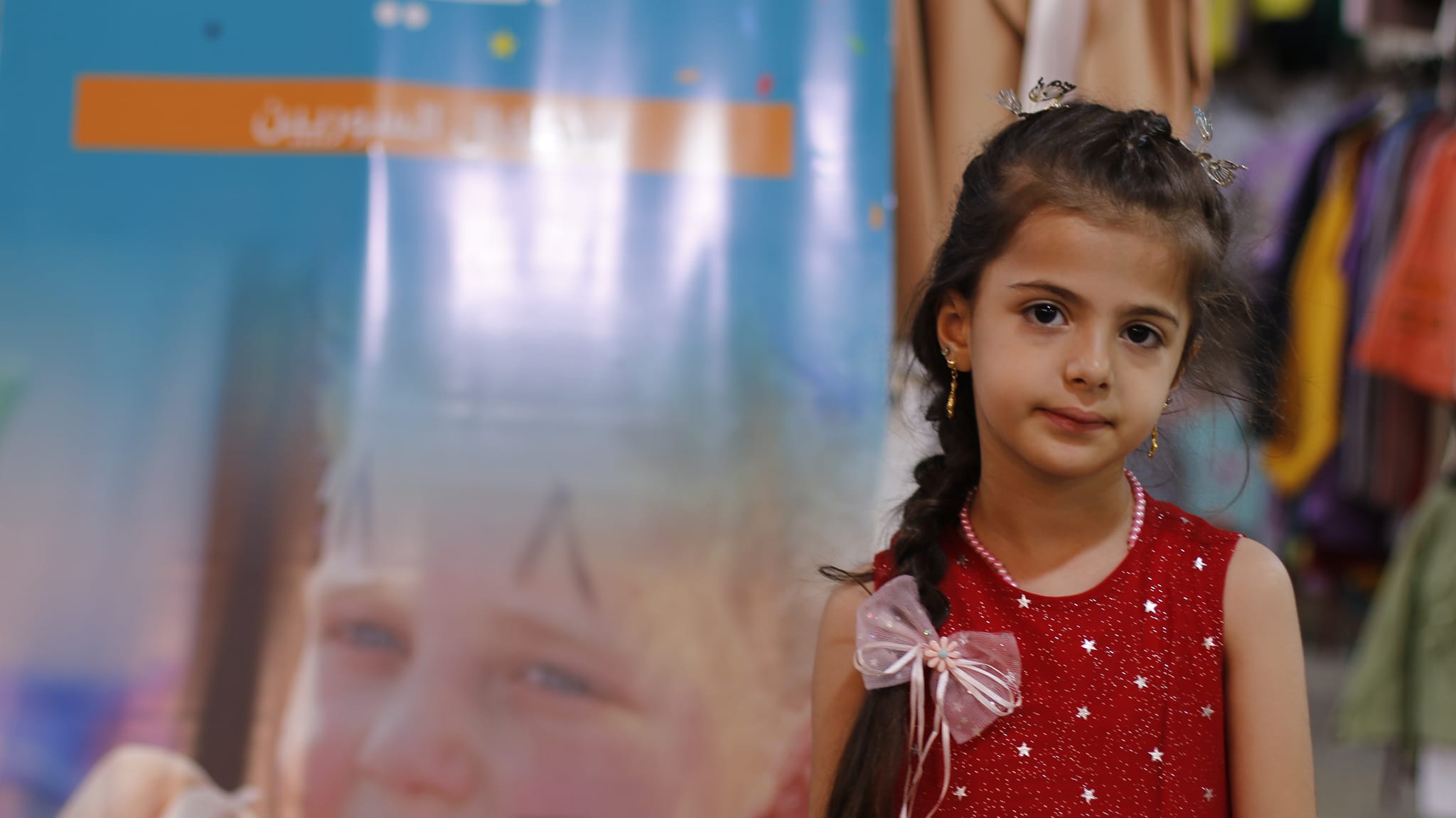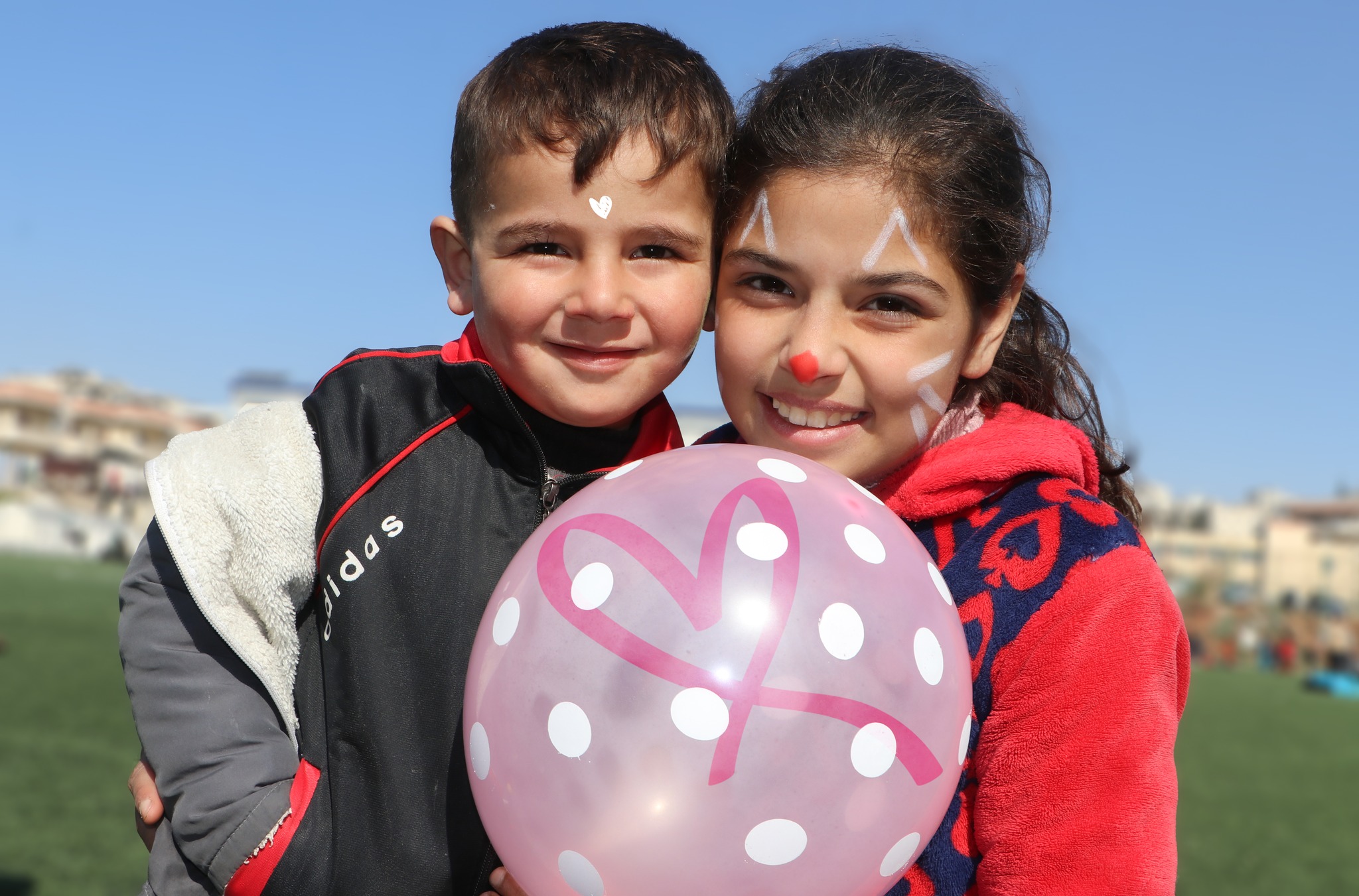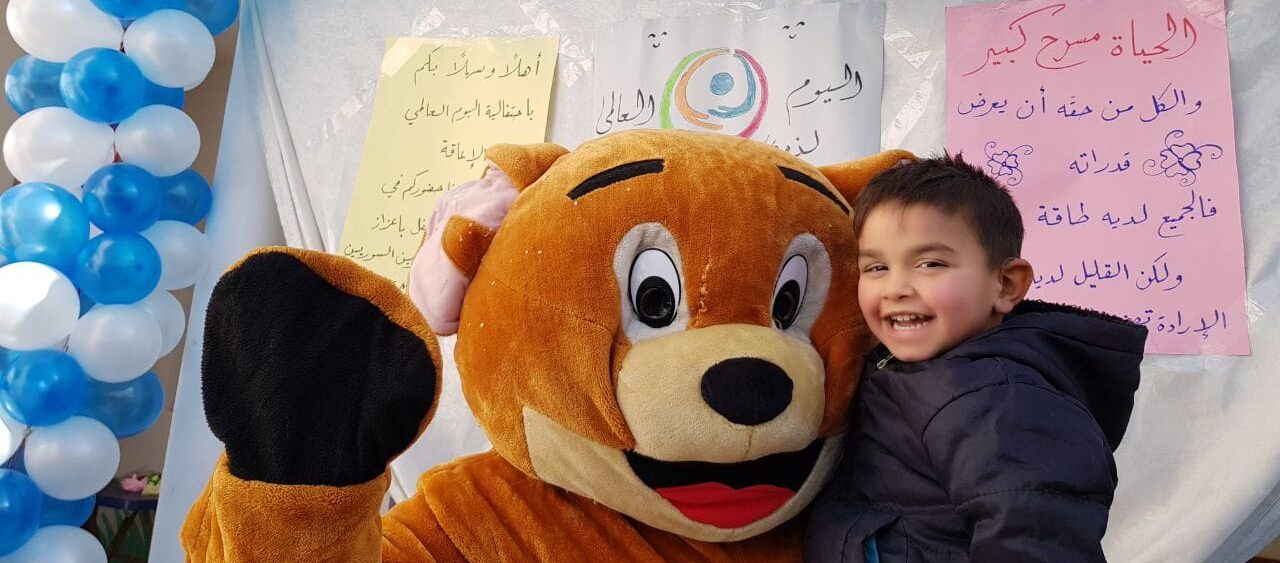Child protection is part of the safeguarding process. It focuses on protecting children from abuse, exploitation, and neglect.
It involves a range of measures and activities designed to ensure children’s safety and well-being, including prevention, identification, and response to child abuse and neglect.
What is Child Protection
Child protection systems aim to identify children at risk of harm and provide them with the support and services they need to be safe and healthy. This can include
- Providing access to education, health care, and other basic needs.
- Supporting families and communities to create safe and nurturing environments for children.
Child protection is a crucial issue in many countries; therefore, governments and other organizations must implement child protection policies and practices.

The Rights of a Child
The rights of a child are the legal, social, and moral rights afforded to children, as outlined in international and national laws and conventions.
These rights are based on the recognition that children, due to their age and stage of development, have specific needs and vulnerabilities that must be protected.
The most well-known and widely accepted articulation of children’s rights is the United Nations Convention on the Rights of the Child (CRC), which the UN General Assembly adopted in 1989.
The CRC sets out the rights to be afforded to all children, regardless of race, religion, or nationality. These rights include:
- The right to life, survival, and development.
- The right to protection from abuse, neglect, and exploitation.
- The right to education.
- The right to health care.
- The right to play.
- The right to participate in decisions that affect them.
- The right to an identity, including a name and nationality.
- The right to freedom of expression and access to information.
- The right to an adequate standard of living.
Many countries have also adopted national laws and policies to protect children’s rights and ensure they can grow and develop to their full potential.
Governments, families, and communities need to respect and uphold the rights of children in order to create a safe and nurturing environment for them to thrive.
Causes of Child Abuse
Child abuse is any form of harm or mistreatment of a child by a parent, caregiver, or another adult. Many causes of child abuse can happen in any family, regardless of socio-economic status, race, or ethnicity.
Some common causes of child abuse include:
- Parenting stress: Many parents who abuse their children do so because they are overwhelmed and unable to cope with the demands of parenting.
- Domestic violence: Children who are exposed to domestic violence in the house may be at higher risk of abuse.
- Mental health problems: Parents with untreated mental health problems may be more likely to abuse their children.
- Poor impulse control: Some parents may abuse their children due to a lack of impulse control or a lack of understanding about how to discipline children appropriately.
- Lack of knowledge about child development: Some parents may abuse their children because they do not understand appropriate discipline techniques or what is developmentally suitable for their child.
- Childhood abuse: Adults who were abused as children may be more likely to abuse their own children.
- Substance abuse: Parents struggling with substance abuse problems may be more likely to abuse or neglect their children.
It is important to note that child abuse is not caused by a single factor and often results from a combination of issues.
Recognizing Signs of Abuse
It is important to be aware of the signs of child abuse so that you can identify it and take action to help the child. Some common signs of child abuse include:
- Physical signs: Bruises, burns, cuts, or other injuries that cannot be explained or injuries that appear in patterns – such as handprints or belt marks.
- Behavioral signs: Changes in behavior, such as becoming unusually withdrawn, anxious, or aggressive.
- Developmental delays: Children who are abused may not reach developmental milestones as expected.
- Fear of certain people or places: Children who are abused may be afraid of certain individuals or places or may be reluctant to be left alone with certain people.
- Lack of supervision: Children who are neglected may not receive the supervision and care they need and may be left alone for long periods of time.
- Changes in appetite or weight: Children who are abused or neglected may have changes in their appetite or weight.
- Poor hygiene: Children who are neglected may have poor hygiene, such as dirty clothes or an unkempt appearance.
It is important to note that these signs do not always indicate abuse and that other factors could be causing these behaviors or changes.
However, if you have concerns about a child’s well-being, it is essential to report your concerns to the appropriate authorities.
Types of Abuse
There are four types of child abuse;
- Physical Abuse: involves using physical force that can result in bodily injury, physical pain, or impairment, such as; hitting, shaking, or using a weapon on a child.
- Sexual Abuse: involves any sexual contact or activity with a child, such as; touching, fondling, or intercourse.
- Emotional Abuse: involves any behavior that harms a child’s emotional well-being or psychological development, such as; verbal abuse like yelling, name-calling, belittling, rejecting or ignoring a child, or withholding love or affection.
- Neglect: the failure to provide for a child’s basic needs, such as food, shelter, clothing, or medical care, or failing to provide appropriate supervision and leaving a child alone for long periods of time.
The Impact of Child Protection Services
Child protection services are designed to protect children from abuse, neglect, and other forms of harm. These services can significantly impact the lives of children and their families.
Here are some ways in which child protection services can have an impact:
- Protecting children from abuse and neglect: Child protection services can help to identify and intervene in situations where children are at risk of abuse or neglect. This can help to ensure that children are safe and healthy and can prevent long-term harm to their well-being.
- Providing support to families: Child protection services can provide various support services to families, including counseling, parenting support, and financial assistance. This can help families to address the issues that led to the need for child protection services and can help to prevent future harm to children.
- Promoting children’s well-being: Child protection services can help promote children’s well-being by providing them with a safe and nurturing environment and helping to ensure their basic needs are met.
- Protecting children’s rights: Child protection services can help to ensure that children’s rights are respected and upheld, including their right to be protected from harm and their right to have their best interests taken into account.
Overall, child protection services play a vital role in promoting children’s well-being and safety and can significantly impact their lives.
Raising Awareness about Child Protection
Raising awareness about child protection is an essential step in ensuring that children are protected from abuse, neglect, and other forms of harm. There are several ways to raise awareness about child protection:
- Educating the public: through public campaigns, media outreach, and educational materials. And what to do if they suspect that a child is being harmed, abused, or neglected.
- Training professionals: teachers, healthcare workers, and law enforcement officers contact children regularly. Training them on recognizing signs of neglect and abuse and reporting it is an effective way to raise awareness about child protection.
- Social media platforms are a powerful tool to raise awareness about child protection. Therefore, it’s never too much to use it.
- Partnering with organizations working on child protection issues can raise awareness about the subject.
How Can We Protect the Rights of Children in Developing Countries and Conflict Zones?
Children in war-affected and developing countries are more vulnerable to the negative consequences of poverty, poor health care services, and inadequate nutrition, safe water, and housing, among other things.
All of these factors can severely affect children’s mental well-being, learning and speech abilities, and overall growth.
Therefore, together we can help them restore their physical and mental health by donating to charity organizations that work on the development of their communities and improving the services they need, especially in the health and education sectors.
SEMA’s Child Protection Efforts
At SEMA, we have been always keen on protecting the rights of refugee children and providing them with all the necessary mental and emotional support.
Most importantly, we have been active in improving the social skills of children, securing their basic rights, and raising awareness among their families to provide them with their needs.
We have been also providing children with disabilities with assistance and rehabilitation programs to improve their conditions, support them emotionally, and help their physical and mental growth.
FAQ
What is Meant by Child Protection?
Child protection is part of the safeguarding process, and focuses on protecting children from abuse, exploitation, and neglect.
What is the Reason for Child Protection?
The reason for child protection is to promote, protect and fulfill children’s rights to protection from abuse, neglect, exploitation, and violence.
What are the 4 Areas of Child Protection?
1. Protecting children from abuse and maltreatment.
2. Preventing harm to children’s health or development.
3. Ensuring children grow up with the provision of safe and effective care.
4. Taking action to enable all children and young people to have the best outcomes.
What are the 4 P’s of Child Protection?
Prevention, Protection, Partnership, and Participation.



